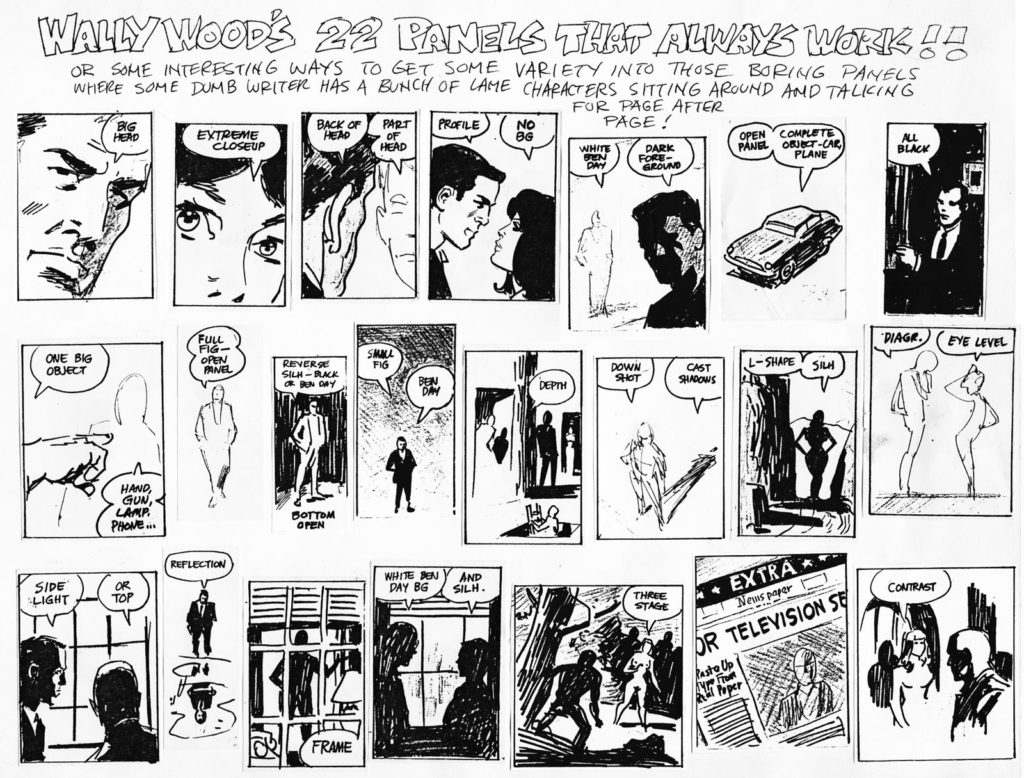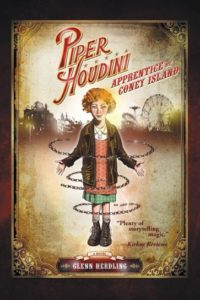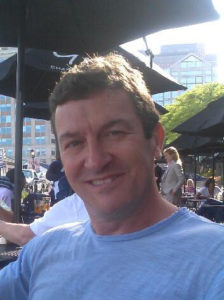From time to time in this space, Balboa Press publishes articles written by our authors in which they share some aspect of their self-publishing journeys. These are the words of Glenn Herdling, author of Piper Houdini: Apprentice of Coney Island. Follow Glenn on Twitter and on Facebook. Download the Balboa Press free publishing guide to receive more information on self-publishing your book with Balboa Press.
When I worked at Marvel Comics in the 1980s (“worked” is such a strong word), an editor named Larry Hama distributed a series of compositional techniques to artists in the Marvel bullpen. The techniques were created by Wally Wood, the comic book artist best known for his work on EC Comics’s Mad and Marvel’s Daredevil. Larry titled them “Wally Wood’s 22 Panels That Always Work!!” It was subtitled, “Or some interesting ways to get some variety into those boring panels where some dumb writer has a bunch of lame characters sitting around and talking for page after page!”
I had promised myself that I would never become one of those “dumb writers” who created boring scenes that forced artists to reach for Wally’s cheat sheet. Now that I’ve shifted from writing comic books to full-fledged novels, I’ve discovered that my work continues to benefit by applying the same standards.
Wood’s “Panels That Always Work,” copyright 1980 Wallace Wood Properties, LLC
For example, Chapter 9 of my novel, Piper Houdini: Apprentice of Coney Island, contains a scene in which Piper learns the history of Henri, a character cursed to spend the rest of his days as a zombie under his brother Sal’s control. In the original draft, Piper and Sal stood at Henri’s hospital beside and discussed his condition ad nauseum.
 When I reread it, my inner artist retched at the thought of having to portray such a scene. So I rewrote it. In the final version, Sal and Piper take Henri to an isolated spot on the hospital grounds for a stroll of the “Walking Dead” variety. Sal releases a chicken for Henri to catch and eat while he and Piper discuss Henri’s tragic circumstance. The tension builds, however, as Henri chases the poor pullet. After several close calls, Piper cannot tolerate it anymore and jumps in to save the terrified bird. The audience still learns all the crucial information they need to know, but it’s now delivered in a way that’s visually stimulating. And we also learn something about Piper’s character!
When I reread it, my inner artist retched at the thought of having to portray such a scene. So I rewrote it. In the final version, Sal and Piper take Henri to an isolated spot on the hospital grounds for a stroll of the “Walking Dead” variety. Sal releases a chicken for Henri to catch and eat while he and Piper discuss Henri’s tragic circumstance. The tension builds, however, as Henri chases the poor pullet. After several close calls, Piper cannot tolerate it anymore and jumps in to save the terrified bird. The audience still learns all the crucial information they need to know, but it’s now delivered in a way that’s visually stimulating. And we also learn something about Piper’s character!
The reading experience for modern readers has become increasingly visual. They are accustomed to viewing stories, whether they are in the form of film, television, or comic books. Writers have to change their mindset from telling a story like a journalist to creating an experience for their audience by showing what happens. After all, sight is our primary sense.
 So be like Wally Wood and start creating Post-It™ notes with techniques for writing rather than art. Stick them around the frame of your monitor. Your first note should have three words on it: view the story. If you write a scene where an artist would have to resort to using several of Wally’s “Panels That Always Work,” consider reworking the scene. View what is happening in the scene versus what could be happening. Your stories will be stronger if you show action rather than a sequence of talking heads.
So be like Wally Wood and start creating Post-It™ notes with techniques for writing rather than art. Stick them around the frame of your monitor. Your first note should have three words on it: view the story. If you write a scene where an artist would have to resort to using several of Wally’s “Panels That Always Work,” consider reworking the scene. View what is happening in the scene versus what could be happening. Your stories will be stronger if you show action rather than a sequence of talking heads.
Balboa Press authors who’d like to share a 350-600 word experience related to the self-publishing of their books, are invited to do so by sending a message through our Facebook page at www.facebook.com/BalboaPress, by tweeting us @BalboaPress, or by emailing blog@ balboapress.com. We may not be able to use every story, but we will read and consider them. Balboa Press reserves the right to edit stories for content, grammar and punctuation accuracy; as well as for space.
Pingback: Visual Storytelling Tips from a Former Marvel Comics Writer
I must say it was hard to find your blog in search results.
You write great content but you should rank your blog higher in search engines.
If you don’t know 2017 seo techniues search on youtube:
how to rank a website Marcel’s way